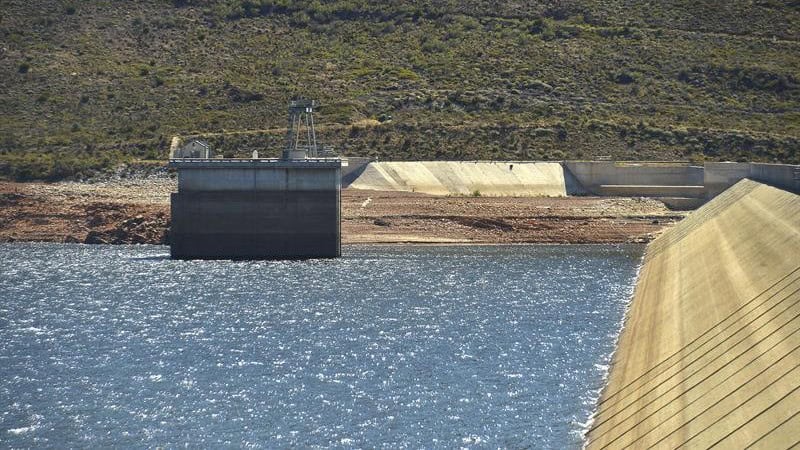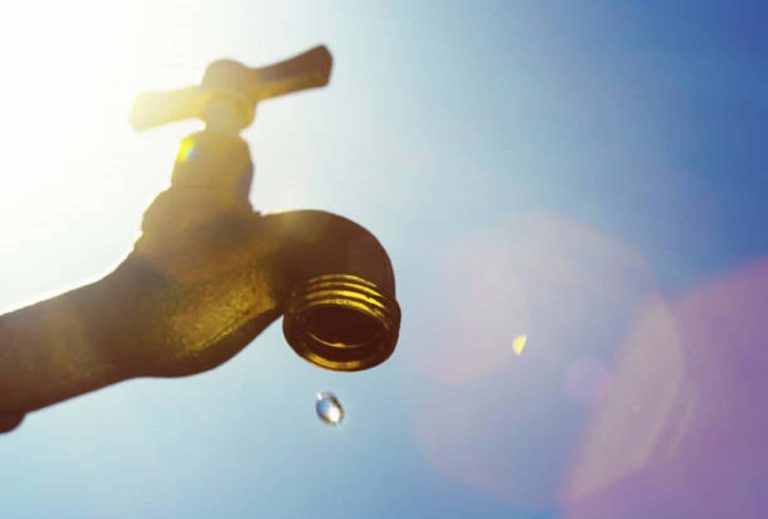
Cape Town’s collective dam storage has declined to 83.2% as of Tuesday, 18 November 2025, down from the previous week’s 83.5%, according to data from the City of Cape Town and the National Department of Water and Sanitation.
The total water stored across the major dams now stands at 746 958 megalitres, a decrease from 749 764 megalitres recorded on 17 November.
This represents a drop in storage capacity of approximately 2 800 megalitres in a single day.
Weekly decline across major Cape Town dams
Most of the region’s major dams experienced declining levels over the past week.
Berg River dropped from 94.7% to 91.2%, while Voëlvlei decreased from 95.8% to 93.5%.
Steenbras Lower fell from 84.8% to 82.7%, and Wemmershoek declined from 81.8% to 80.4%.
“The dams in and around Cape Town form part of the Western Cape Water Supply System, which is an integrated and collectively managed system of dams, pump stations, pipelines, and tunnels,” the City of Cape Town and the National Department of Water and Sanitation stated.
Theewaterskloof, the largest dam in the system with a capacity of 480 188 megalitres when full, now sits at 76.8%, down from 77.1% the previous week and 78.4% the week before that.
Steenbras Upper showed a slight increase, rising from 98.8% to 98.5%, though this still represents near-capacity levels for the reservoir.
ALSO READ: More relief at Vaal Dam as evacuation concerns grow
Year-on-year comparison shows significant deficit
When compared to the same period in 2024, the current dam levels reveal a substantial year-on-year decline.
Total storage on 17 November 2025 was recorded at 749 764 megalitres, significantly lower than the 885 625 megalitres stored during the corresponding week in 2024, representing an overall storage percentage of 83.5% compared to 98.6% last year.
Individual dam comparisons highlight the extent of the deficit.
Berg River currently stands at 91.7% compared to 99.1% in 2024, while Steenbras Lower is at 83.4% versus 92.3% last year.
Theewaterskloof shows 77.1% compared to 98.3% in 2024, and Wemmershoek registers 80.5% against 97.8% the previous year.
Notably, Voëlvlei was recorded at 93.7% on 17 November 2025, while it exceeded full capacity at 101.0% during the same period in 2024.
Regional water supply system
“In addition to servicing Cape Town, the system supplies water to towns in the Overberg, Boland, West Coast, and Swartland areas, and provides irrigation water for agriculture,” according to the city.
The Western Cape Water Supply System’s integrated infrastructure allows for flexible water distribution across the region, though the declining levels may necessitate careful monitoring as the summer months approach.
NOW READ: No major incidents after torrential rainfall lashes Joburg


